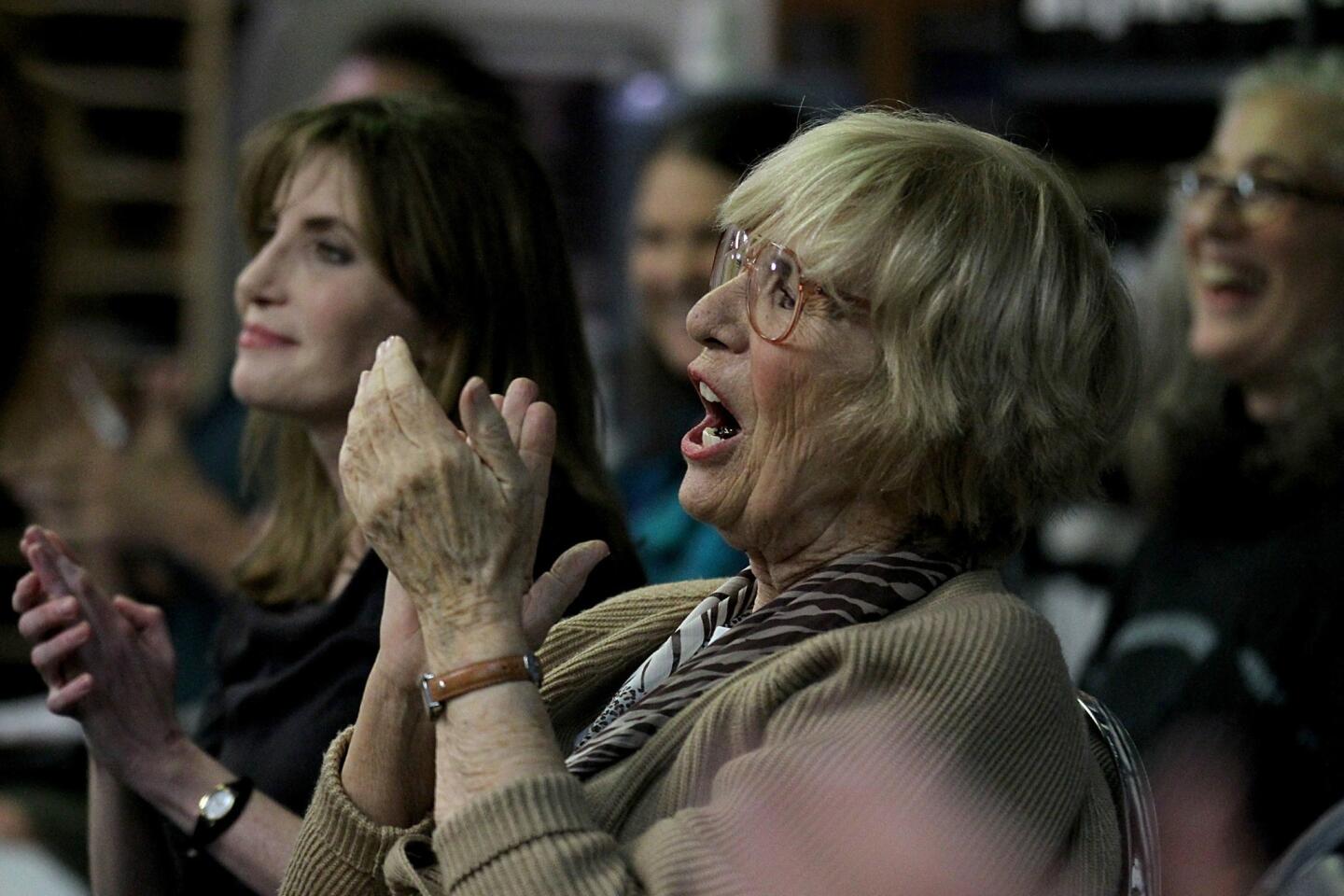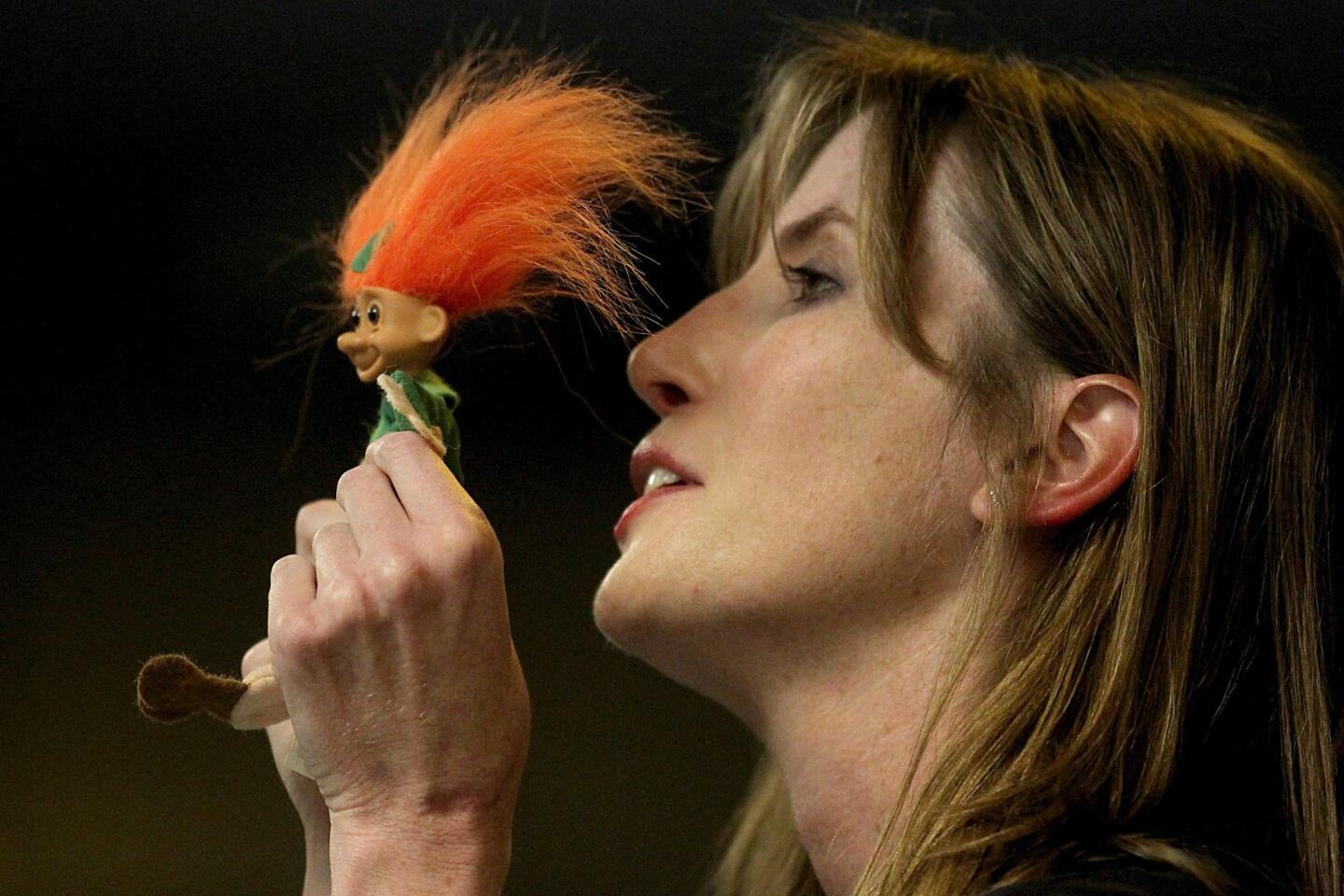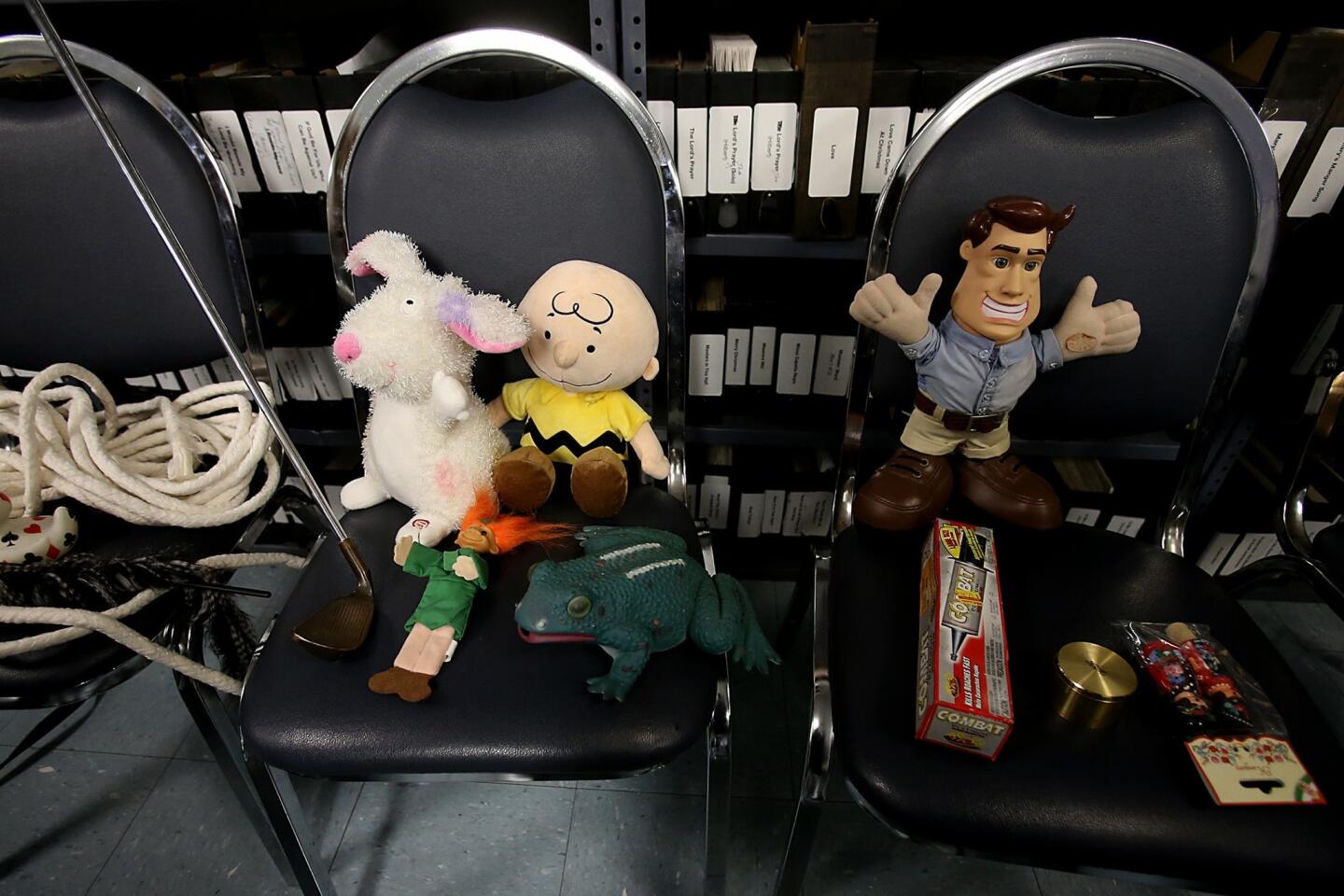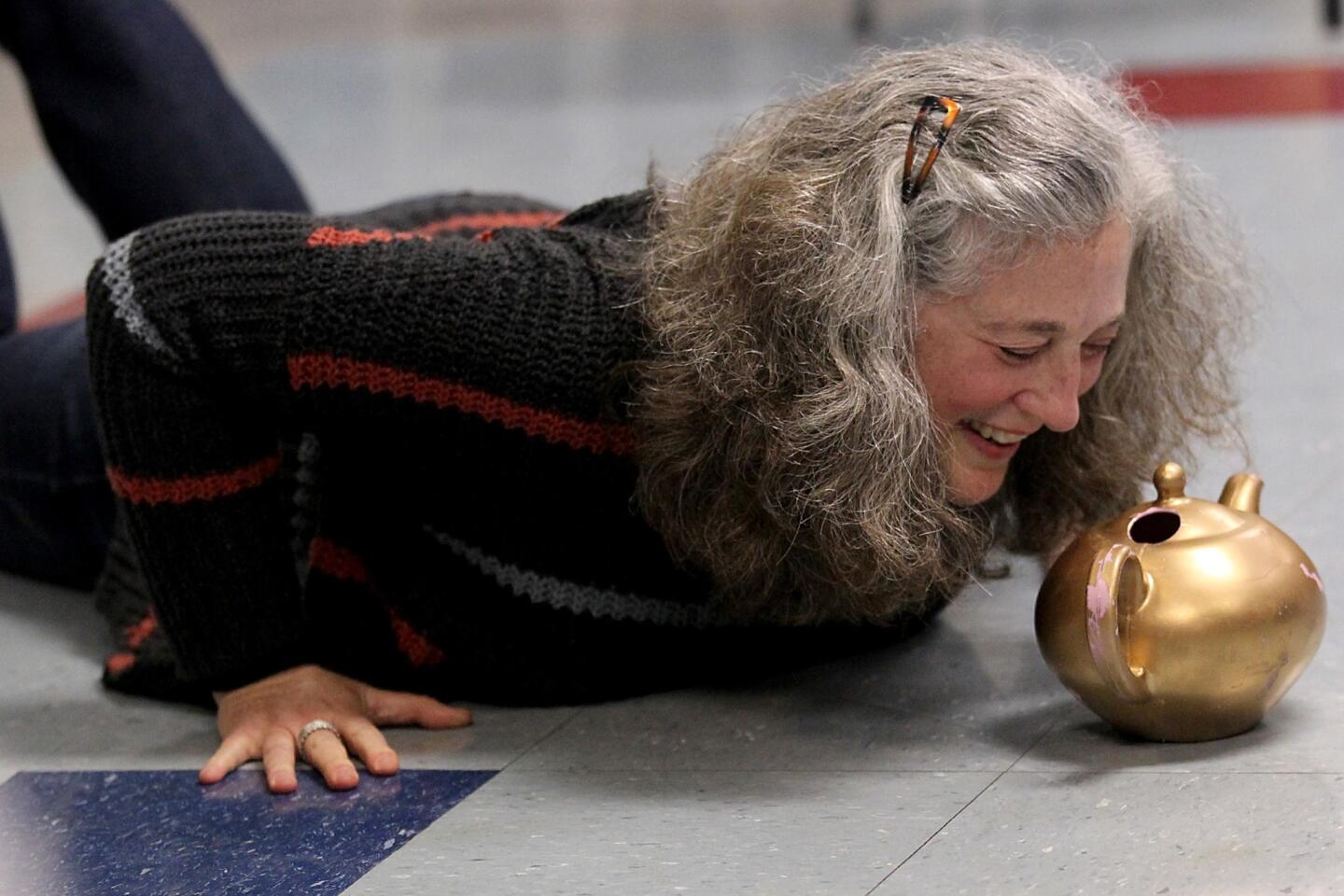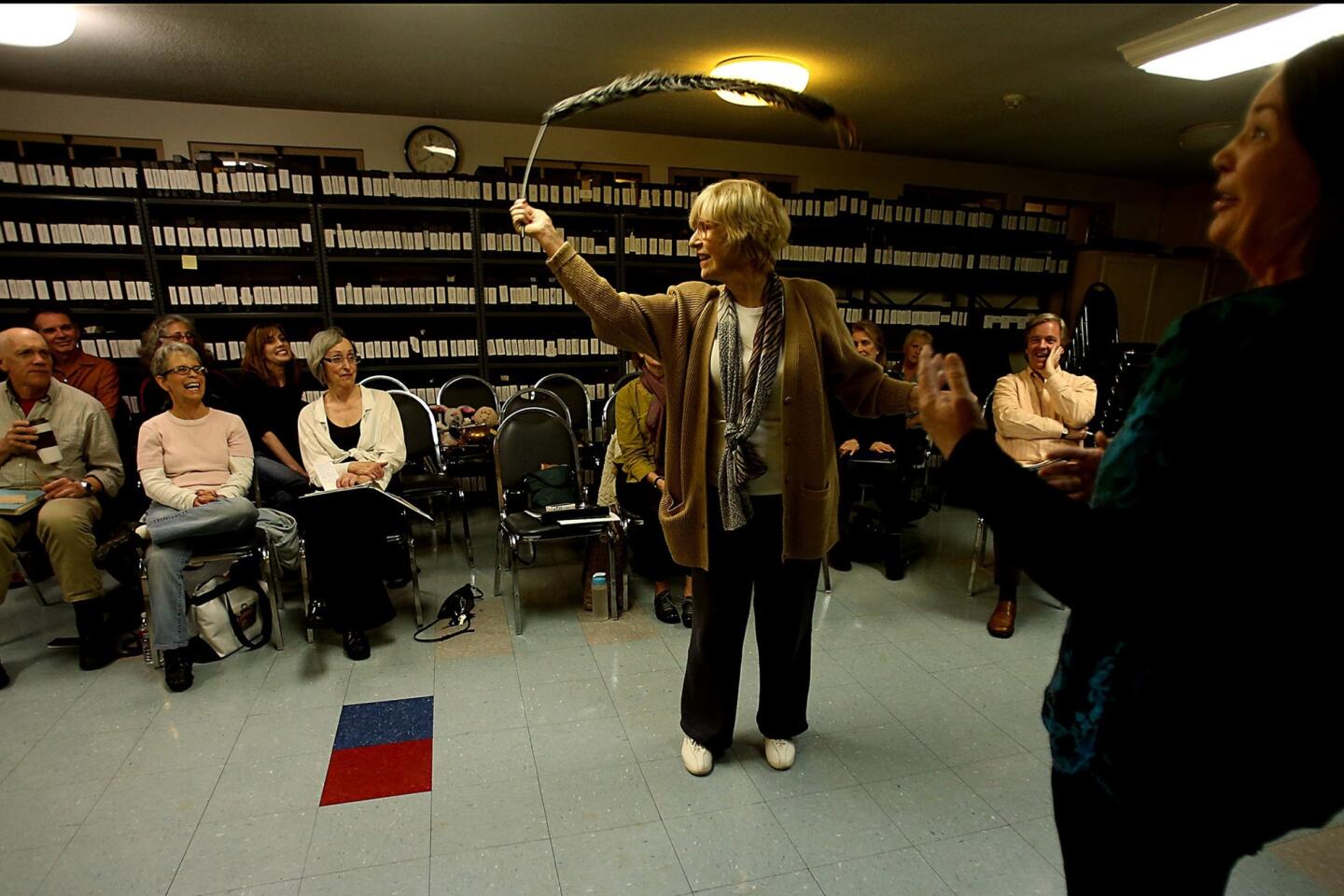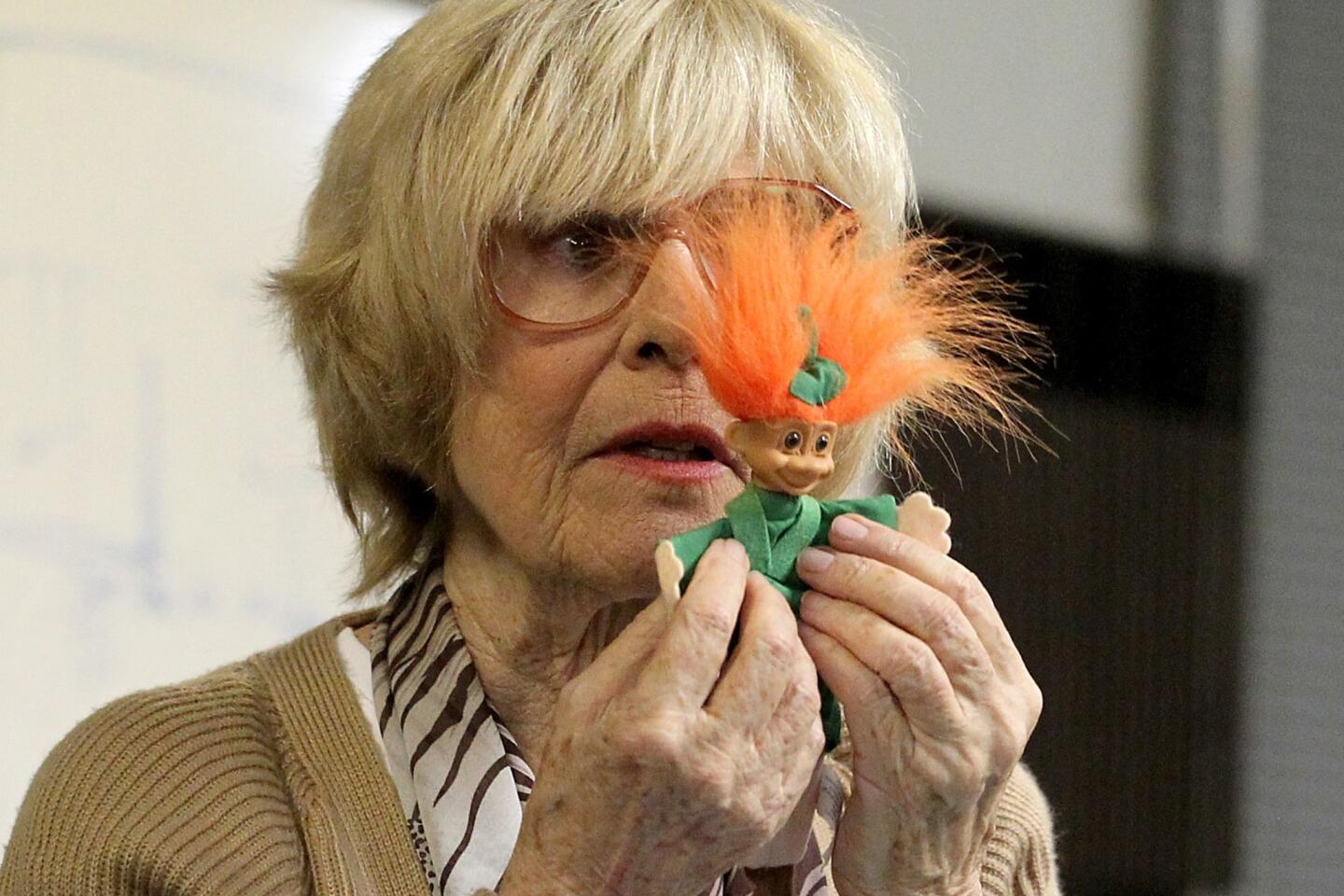Singing coach prefers passion to perfection
A love song isnât really a love song if the singer doesnât feel it. Perfect pitch in a vacuum can be a perfect bore.
Karen Morrow believes that an audience is more likely to respond to a heartfelt voice that cracks than a flawless one that flat-lines emotion.
The Emmy winner â who has belted out numbers on stages from Broadway to Hollywood â has been preaching this to would-be crooners in Los Angeles for decades.
After 54 years in the business, Morrow knows how to grab a song by its soul. She has tricks to ease stiffness and shyness and stage fright. She shares them all over the country in master classes and at two local workshops a week for anyone brave enough to try.
Shower singer or star, itâs hard to get up in front of others and get it right.
Some over-emote. Their eyes bug out. They wave their hands wildly, as if directing traffic. Others concentrate so hard on the notes, they barely move at all.
Itâs pretty common for a singer of standards to slip into slumber-inducing singsong. And then there are many who try to sound like someone else: If you must sing âSomewhere Over the Rainbow,â Morrow pleads, for pityâs sake, donât try to be young Judy Garland.
âBe a person! Be a person!â she tells her students again and again. Make it natural, make it yours.
At each workshop, they get up one by one to perform songs theyâve chosen.
Morrow, who is in nearly constant motion, might bounce on her feet but let someone sing all the way through. She might stand beside whoever is up and demonstrate a different approach. Or she might call out a few bars in:
âMake it a conversation!â
âSpeed up the tempo.â
âDonât worry about the notes. Just go for it.â
Her Monday night sessions attract an after-work crowd. Several sang when they were young but, in the press of life, for a time misplaced their music.
One man who says he sings everywhere he goes discovered his voice only a few years ago, after a doctor put him on lithium for a mild bipolar disorder. Each week, he drives his RV from Ojai to the workshop at Westwood Presbyterian Church. Someone else drives in from Huntington Beach. Thereâs a lawyer, a psychiatrist, a fabric seller. As they climb the stairs to the second-floor choir room, they let these identities fall away.
They are singers, carrying sheet music to hand to the pianist. They are supplicants â the Tin Man, the Cowardly Lion â coming to the Wizard of Oz to be made whole.
Once a year, on props day, each brings an offering. A red-haired troll doll. A coil of rope. A golf club. Morrow gathers the items and makes a pile that stretches across several folding chairs.
She knows that too often, the mind gets in the way. It needs to be distracted to forget that itâs afraid, to be pulled off the safe path, to do what it dreams of but ordinarily wouldnât dare.
In the course of the evening, she will dole the props out randomly. Each performer will be given one just a few minutes before taking the floor.
There wonât be time to over-think it. The point, she tells the class, is to plunge in and perhaps surface with something enlightening.
âThe prop doesnât have to be used as what it is.... If it resembles a telephone, use it as a telephone. If it resembles a hamburger, use it as a hamburger. But incorporate it into your song so that when I take it away from you, you will still have information inside of you that you will be able to use.â
And so the first brave soul, Robert Brittany, steps up with a Rodgers and Hammerstein song, âEverybodyâs Got a Home but Me.â He is holding a metal flour scoop that in his hands becomes a shovel. As he sings about how he longs to have a roof over his head, heâs digging a foundation, furiously trying to make it so.
The night unfolds and the rope becomes a snake and a woman struggles with the high notes of âI could have danced all nightâ until they just come as sheâs pressing a plush Charlie Brown to her chest and waltzing him across the floor.
Dyanne Gilliam glowers at the cat toy sheâs been handed, which has a stick to hold on one end, a ribbon of feathers on the other. She starts to laugh â sort of.
âI donât have a cat,â she mutters. âThis is just mean.â
To which Morrow replies, âNo, itâs not. Itâs to get you guys to think and explore and go deep.â
Gilliamâs choice for the evening is âSend in the Clowns.â
When she first started coming to the workshop, Gilliam says, sheâd get up, start to shake and go all red and blotchy. She still does not step easily out front.
But there she is, and Morrow is asking her to think about gymnasts with ribbons.
âYou donât have to sing. Donât even try to sing,â Morrow says. âLetâs just play the song, and you make it do what the music is doing. Make it a ballerina and see what happens.â
And then the music is starting and the feathers are swaying and Gilliam sways and twirls with them, as if theyâre both being buffeted by a breeze.
She is smiling. Early giggles fade. The room is quiet but for the piano and for Morrow saying, âYes, yes, yes, oh yes!â
Follow City Beat @latimescitybeat on Twitter and at Los Angeles Times City Beat on Facebook.
More to Read
Sign up for Essential California
The most important California stories and recommendations in your inbox every morning.
You may occasionally receive promotional content from the Los Angeles Times.
